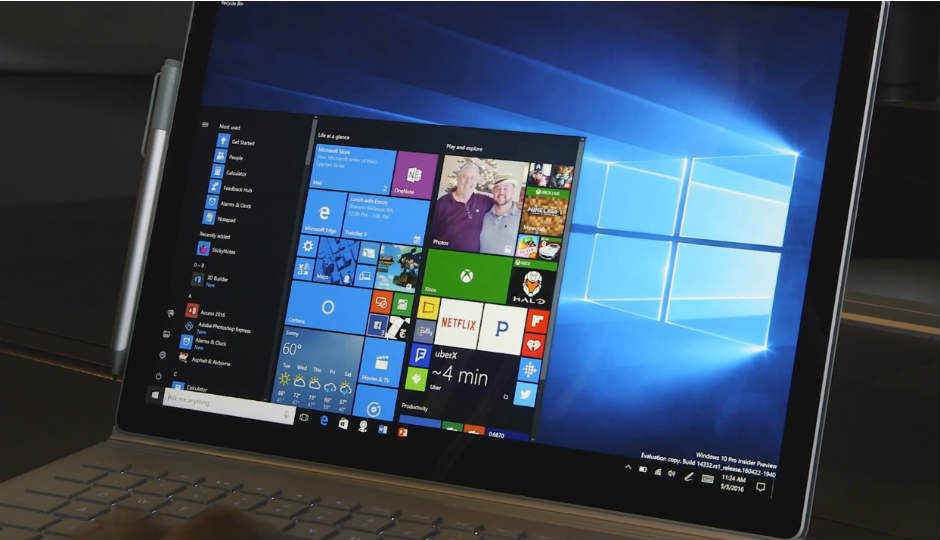Microsoft partners with Qualcomm for Snapdragon 835 powered Windows 10 laptops
The Snapdragon 835 based laptops will be the first step towards bringing the full Windows 10 experience to smartphones and ARM based chips.

Microsoft has been quite busy this year with plenty of hardware launches and the Windows10 Creator’s update. Now, the company is taking it a step further. Earlier today at Computex 2017, Microsoft showcased its idea of the always connected PC. The company has partnered with Qualcomm and will be delivering its first always connected PCs via its OEM partners later this year. Powered by the latest Qualcomm Snapdragon 835 platform, unlike Windows RT, these truly mobile devices will run full version of Windows 10, probably Windows 10 S. This means that these Snapdragon powered devices will run x86 apps, Cortana, Windows Hello, Ink and various other Microsoft services including office in the desktop format.
 Survey
SurveyCristiano Amon, Executive Vice President, Qualcomm Technologies, Inc., and President, QCT said, "Today's consumers experience mobility in nearly every aspect of their lives and they've come to expect more from their PCs than legacy computing models are able to provide," said . "With compatibility for the Windows 10 ecosystem, the Snapdragon Mobile PC Platform will enable Windows 10 hardware makers to devleop next-generation modern device form factors and deliver unparalleled anything, anywhere creation experiences with up to Gigabit Class LTE connectivity."
The biggest reason for using the ARM based Qualcomm Snapdragon 835 SoC is the Gigabit modem, which offers a huge bump in connectivity speeds. This not only helps Microsoft offer better services, but goes with the whole idea of a cloud connected PC. Intel and Qualcomm who are on-board this shift to smaller devices, will also open more possibilities by enabling eSIM (no physical SIM card required) technology on their upcoming devices. Microsoft lists that partners like ASUS, HP, Huawei, Lenovo, VAIO, and Xiaomi are committed to the eSIM technology and may bring devices later this year. Using a smaller mobile SoC to run a full fledged Windows experience will open up more space for OEMs to pack larger batteries.
All this could essentially mean that smaller devices such as phones, or palm sized mini PCs would be able to handle day to day productivity tasks and even more. The idea of having always connected PC is nothing new though. In fact, Microsoft was working on this for quite some time now. If everything goes right then Microsoft could break into the smartphone market with its own twist or maybe dual booted devices may become a thing for power users.
Hardik Singh
Light at the top, this odd looking creature lives under the heavy medication of video games. View Full Profile